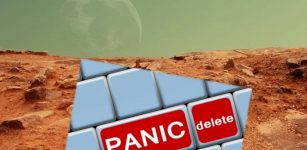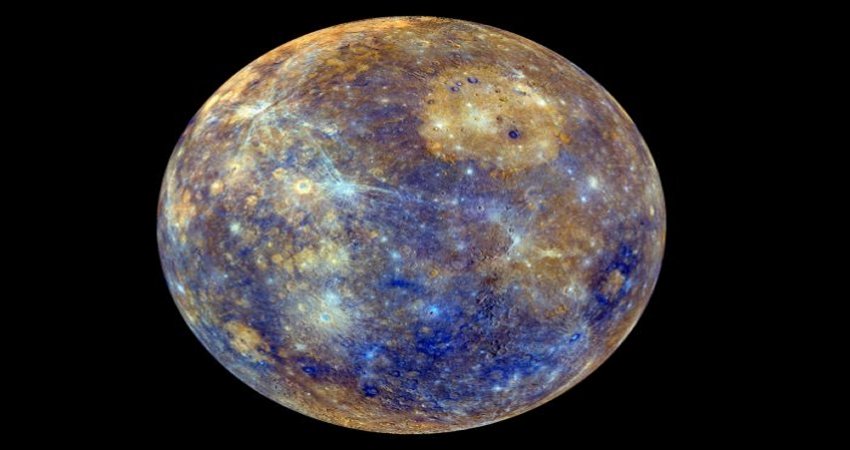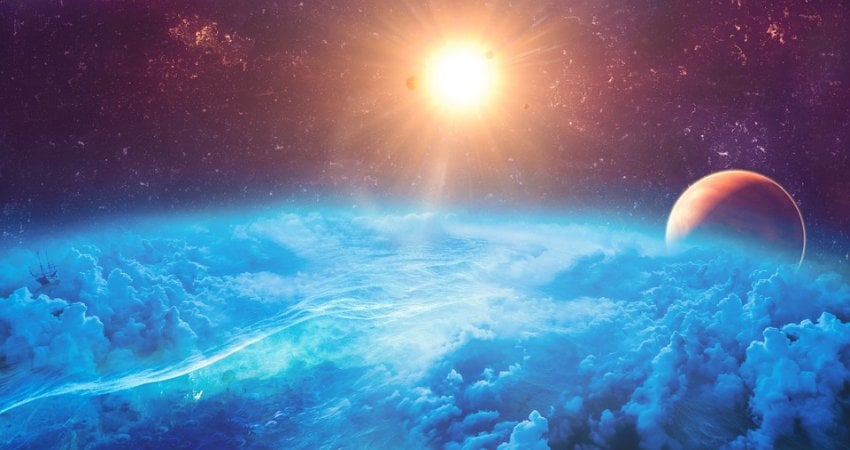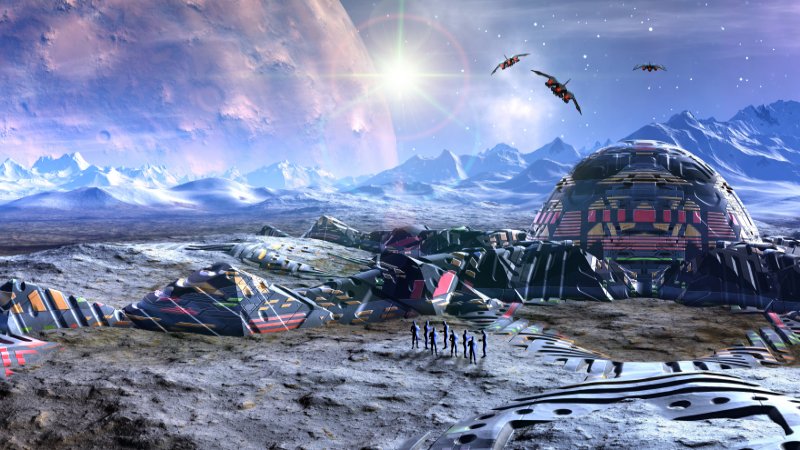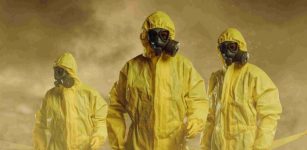Dangers Of Extraterrestrial Contamination Of The Earth – Can NID Prevent It?
Cynthia McKanzie – MessageToEagle.com – As much as we dream about exploring alien worlds, we cannot forget the planet we live on is our home, our only home. It may take a very long time before humans will be able to terraform an alien world. If may not even happen at all. This means that whenever we explore space, it’s vital to protect our planet from any kind of alien pathogen.
Whenever we launch rockets into space and bring sample material back from Mars or the Moon we risk extraterrestrial contamination and destruction of life on our planet. Can extraterrestrial contamination of our planet be avoided? It depends on how careful we are.
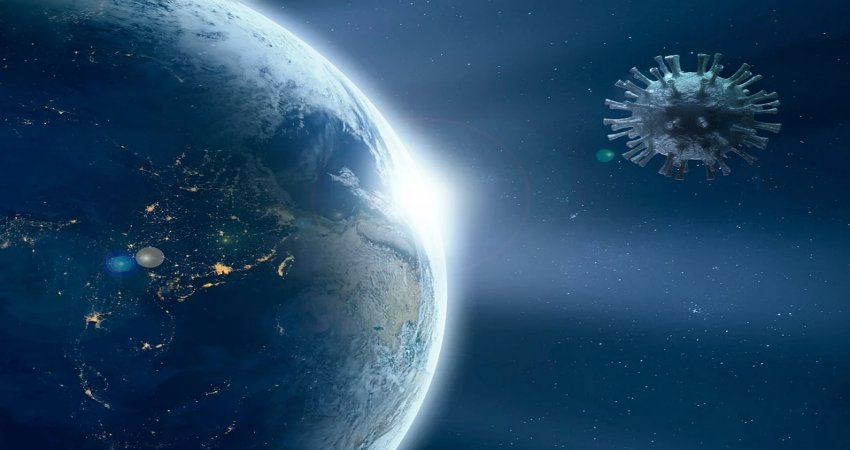
Credit: Public Domain
NASA has released two NASA Interim Directives (NIDs) updating the agency’s requirements for robotic and human missions traveling to the Earth’s Moon, and human missions traveling to Mars.
The space agency has emphasized that “safeguarding the Earth from potential back[ward] contamination is the highest planetary protection priority in Mars exploration.”
“Why wouldn’t we go ahead and be cautious, given that we only have this one biosphere and we like it here ?” said former NASA Planetary Protection Officer John Rummel.
“We don’t know anything about potential pathogens on Mars, only that we think they’re unlikely.”
The NIDs, issued by the Planetary Protection Independent Review Board state that “biological planetary protection is the practice of protecting solar system bodies from contamination by Earth life to enable scientific exploration and protecting Earth from possible harmful biological contamination that may be returned from other solar system bodies. The Office of Planetary Protection supports NASA’s responsible exploration of the solar system to
enable science, exploration/discovery, and commercial activities.”
NASA’s Perseverance, six-wheeled vehicle is targeted to launch this Thursday, on July 30. Along with characterizing the planet’s geology and climate, Perseverance is on a quest to find signs of ancient microscopic life on Mars. It’s an ambitious Mars mission with the aim to bring samples from the Red Planet back to Earth.
This has raised some concern among scientists. Bringing alien life, or any extraterrestrial substances can cause harm to life on our planet. NASA is aware of this and it’s a demanding mission.
“It is definitely the most mechanically complicated thing that’s ever been in deep space,” said Adam Steltzner, chief engineer at the Jet Propulsion Laboratory, said of the sample collection mechanism. “The number of actuators and piece parts per unit volume is higher than anything we’ve ever done.”
“We’re trying to do something that would take probably a team of several geologists and a truck and some temporary laboratory equipment to be able to do,” he said. “We’re going to pull samples, rocks, intact samples, out of rocks, we’re going to hermetically seal those samples immediately into sterile, hyper-clean sample tubes … for eventual return to Earth.”
Putting our own planet aside we mustn’t forget about the cosmic cross-contamination. The Outer Space Treaty of 1967, the foundational document of international space law prohibits the pollution of alien worlds with Earth organisms, which is known as “forward contamination,” as well as “adverse changes in the environment of the Earth resulting from the introduction of extraterrestrial matter,” referring to backward contamination.
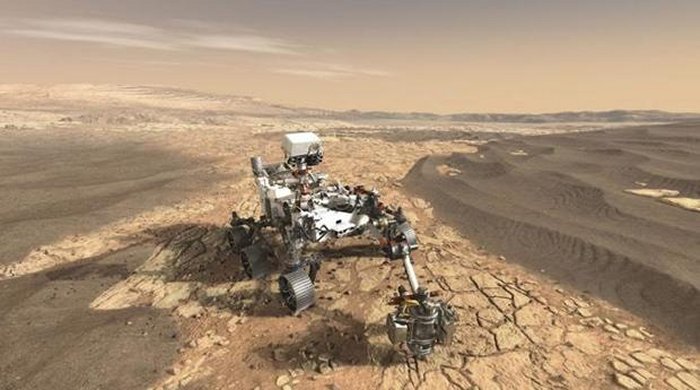
Several types of Earthly extremophiles could survive on Mars and contaminate any alien ecosystems that might exist on the planet. This is the reason why robotic missions have not been permitted to land in so-called Special Regions of Mars, which are areas that are more likely to support life.
“The idea about Special Regions, in terms of keeping them off-limits, is so that if you have some biological potential there, you don’t trample all over it with Earth organisms and lose track,” explained Rummel. “You don’t want to go ahead and destroy the life that you’re looking for.”
Space exploration is exciting, but it can also be extremely dangerous, especially if there is a risk of extraterrestrial contamination.
Written by Cynthia McKanzie – MessageToEagle.com Staff Writer

